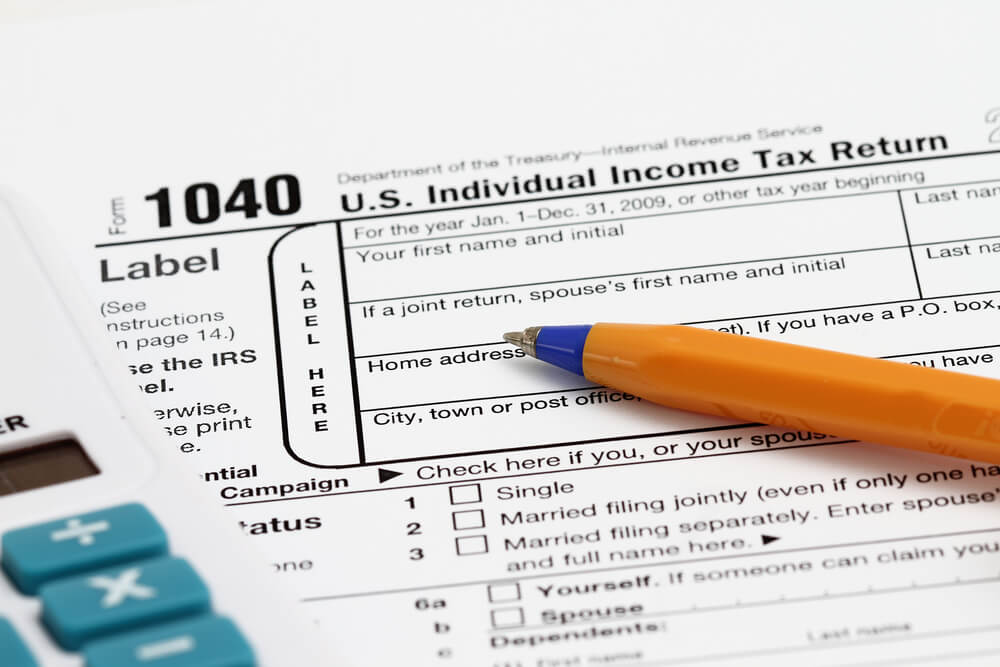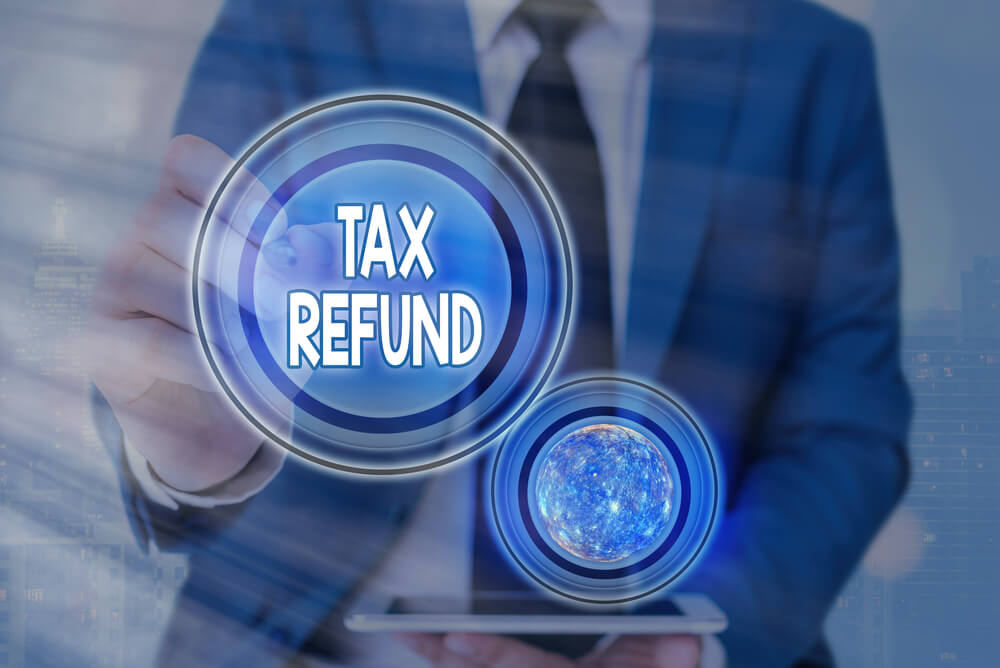Everything You Need To Know About Solar Tax Credit
Did you know that if half of the roofs in the world were covered in solar panels, we would have enough energy to power the whole world?
This statement is not surprising if you consider that there's enough solar energy hitting the earth every 60 minutes to meet all of humanity's power requirements for a whole year.
It is now generally accepted that the opportunity presented by solar energy is enormous. The advantages in terms of cost and protecting the environment are also widely recognized. Consequently, the use of solar energy has escalated across the US and other parts of the world.
If you are considering installing solar panels, you will be glad to hear that the price of rooftop panels has plummeted 79 percent since 2010. If you're a US taxpayer, the solar tax credit could see you save another 22 percent on the current prices.
But what is the federal solar tax credit? What expenses are included? How does a solar tax credit work? Do different states have their own programs? How do I know if I qualify for the solar tax credit?
If you are looking for answers to these questions and more, you have come to the right place.
What is the Federal Solar Tax Credit?
Energy.gov, the Office of Energy Efficiency & Renewable Energy (EERE) website, defines a tax credit. It writes, "A tax credit is a dollar-for-dollar reduction in the amount of income tax you would otherwise owe."

Let's look at a practical example to explain the federal solar tax credit, sometimes called the solar investment tax credit. Suppose you must pay a federal tax of $5,000 in a specific year, but you had a tax credit of $1,000. In that case, you owe the tax authority only $4,000.
Energy.gov defines "the federal residential solar energy credit [as] a tax credit that can be claimed on federal income taxes for a percentage of the cost of a solar photovoltaic (PV) system."
According to Energy.gov, the current solar tax credit came into force in December 2020 when “Congress passed an extension of the ITC, which provides a 26% tax credit for systems installed in 2020-2022, and 22% for systems installed in 2023."
Credit Decreases Over the Years
It is important to note that the solar investment tax incentive is not a permanent program. Regarding timeframes, the incentive is structured as follows:
- 30 percent for systems placed in service by December 31, 2019.
- 26 percent for systems placed in service after December 31, 2019, and before January 1, 2023.
- 22 percent for systems installed after December 31, 2022, and before January 1, 2024.
Expenses Covered By the Solar Tax Credit
In a document titled “Homeowner’s Guide to the Federal Tax Credit for Solar Photovoltaics,” the EERE states the items covered by the federal solar credit:
- Solar PV panels: the tax credit is restricted to the panels used for powering a specific device such as an attic fan but not the fan itself.
- Contractor labor costs: these include the costs of onsite preparation, assembly, developer fees, inspection costs, and permitting fees.
- Balance-of-system equipment: this includes mounting equipment, inverters, and wiring.
- Energy storage devices: such devices should be exclusively charged by the associated solar panels.
- Also included is the sales tax on qualifying expenses.
Solar Tax Credit Incentives in the Different States
Different states have their own solar incentives and tax credit programs. You can see a comprehensive list of these programs in the Database of State Incentives for Renewables & Efficiency.
You can also find information on local rebates on the website of SolarReviews, a partner of the Solar Energy Industries Association. .
Writing for Forbes.com, Lauren Murphy and Lexie Pelchen provide information on solar tax credits by state. The programs they cover include:
State tax credits
These may use the same model as the federal programs, even though they only apply to a specific state. Consequently, the amounts will differ considerably from state to state and do not affect your federal tax credits.
State government rebates
These may use the same model as the federal programs, even though they only apply to a specific state. Consequently, the amounts will differ considerably from state to state and do not affect your federal tax credits.
Solar Renewable Energy Certificate (SREC)
An SREC, also called a Solar Renewable Energy Credit, involves registering your solar power system so that the state authorities can provide you with SRECs as a benefit.
Solar United Neighbors explains that an SREC represents the “green” value of your electricity. The organization also explains how an SREC works: “SRECs are sold separately from the physical electricity that your solar panels produce.” It adds, “Think of them like a ‘voucher’ that proves that the electricity from your solar panels is renewable.”
Do I Qualify for a Solar Panel Tax Credit?
Energy.gov lists the criteria for determining whether you qualify for the federal solar tax credit:
- Your solar PV system is eligible if it was installed between January 1, 2006, and December 31, 2023.
- The solar system is located in the United States, at your primary or secondary residence.
- Off-site community solar projects also qualify “if the electricity generated is credited against, and does not exceed your home’s electricity consumption.”
- You must own the solar PV system. This implies that you do not qualify if you’re leasing the solar PV system or are in an arrangement that allows you to use or purchase electricity generated by a system you do not own.
- The credit applies only to the "original installation." Consequently, the system you claim for should either be new or you are using it for the first time.
Claiming Your Federal Solar Tax Credit
To benefit from the federal solar incentive, you must lodge your claim with the Internal Revenue Services (IRS). It’s vital to ensure that the supplier of your solar system provides you with the required documentation to launch a successful claim.

Marketwatch.com, the website that provides financial information, business news, analysis, and stock market data, lists the essential steps in claiming your solar tax credit:
- i) When you do your tax return, download the IRS Form 5695.
- ii) Calculate the credit on Part 1 of the tax form. Your solar system should be filed as “qualified solar electric property costs.” Enter the total costs of your project, which you will find in your solar contract or invoices.
- iii) In lines 6a and 6b, complete the calculations.
- iv) Use the IRS’s Residential Energy Efficient Property Credit Limit Worksheet to calculate any tax liability limitations.
- v) The final step involves completing the calculations in lines 15 and 16 of Form 5695. Marketwatch.com advises, “Be sure to enter the exact figure from line 15 on your Schedule 3 (Form 1040), line 5.”
For some, this could be a complicated process. In such cases, it may be a good idea to talk to a solar expert or tax consultant to ensure that you are doing the process right.
Frequently Asked Questions
Here are a few questions that address some of the issues we may not have touched on above:
-
1. If my utility company has already given me a rebate, do I claim my solar tax credit?
Yes, you can claim your solar tax credit even if you have already received a rebate from your utility company. However, the amount you claim should be calculated by subtracting the rebate already claimed.
-
2. Do I qualify for the solar tax credit if I am not a homeowner?
You qualify for the tax credit whether you own a home or not, as long as you incurred costs in installing the system. Nonetheless, if you rent a property where the owner is fully responsible for the total cost of the system, then you cannot claim a tax credit for that system.
-
3. I am not connected to the electric grid. Do I still qualify?
To qualify for the solar tax credit, you do not need to be connected to the electric grid. So, yes, you qualify, provided that the electricity generated is for your residence.
-
4. Do the solar panels have to be on my roof to qualify for the solar tax credit?
The solar panels don’t have to be on the roof to qualify. However, they should generate electricity used in your residence.
-
5. My solar PV system was financed instead of being paid for up-front. Do I still qualify?
Yes, you still qualify for the tax credit as long as you will eventually pay the total amount for the solar system. However, miscellaneous costs, including interest and extended warranty, should not be included in calculating the claim.
Act Now to Benefit
If you have any plans to install a solar PV system, the time to do so is now. You will not only save money when you submit your tax return; you will also save on the cost of electricity for decades to come.
It’s vital, however, that you get an accredited and qualified installer to ensure that the installation meets safety standards and you get all the documents required to prove your claim.
Disclaimer
The above information is for educational purposes only and should not be construed as legal advice. Please consult a tax professional if you need help.







